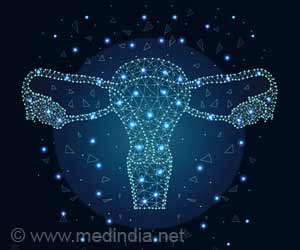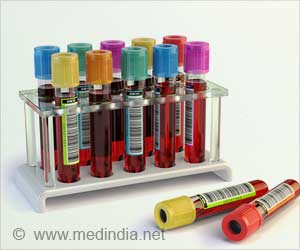A new research analysing the heating effect of experimental cancer treatment is currently being carried out by physicists from University of York

When the temperature rises above 42ºC cells begin to die. This heating process has been demonstrated to reduce tumour size.The study, by researchers from the University of York's Department of Physics and Liquids Research Ltd, of Bangor, North Wales, showed that the amount of heat generated by magnetic nanoparticles can be understood when both the physical and hydrodynamic size distributions for the samples are known to high accuracy.
The results of the study are published in the Journal of Physics D: Applied Physics as a fast track communication.Lead author Dr Gonzalo Vallejo-Fernandez, from York's Department of Physics, said: "While clinical trials have shown the potential of magnetic nanoparticles for cancer treatment, the mechanisms by which the heat is generated have not been fully understood. This understanding is critical to produce particles with optimised properties for specific applications at minimal dose."
"Previously the heat generated was impossible to predict as several mechanisms were involved. The new work has identified and quantified the mechanisms so that work can now begin to determine the dosage required for effective treatment.Dr Vallejo-Fernandez said: "Through our study we have produced the first comprehensive assessment of how the heating effect in magnetic hyperthermia works.
We are now in a position where we can do further work to calculate accurately the dose of magnetic nanoparticles and length of treatment required."For the study, the researchers used magnetic nanoparticles produced by a new technique by Liquids Research Ltd, which was developed under the EU project MULTIFUN (Multifunctional Nanotechnology for Selective Detection and Treatment of Cancer)."
The nanoparticles are very uniform in size and well separated, which enabled detailed experiments to be performed which broadly confirmed the accuracy of the calculations.Dr Vijay Patel, Director of Liquids Research Ltd, said: "The development of this new theory coincided with our work on the new process to fabricate the nanoparticles enabling us to 'design' almost ideal particles for this application."
Advertisement
Source-Eurekalert












